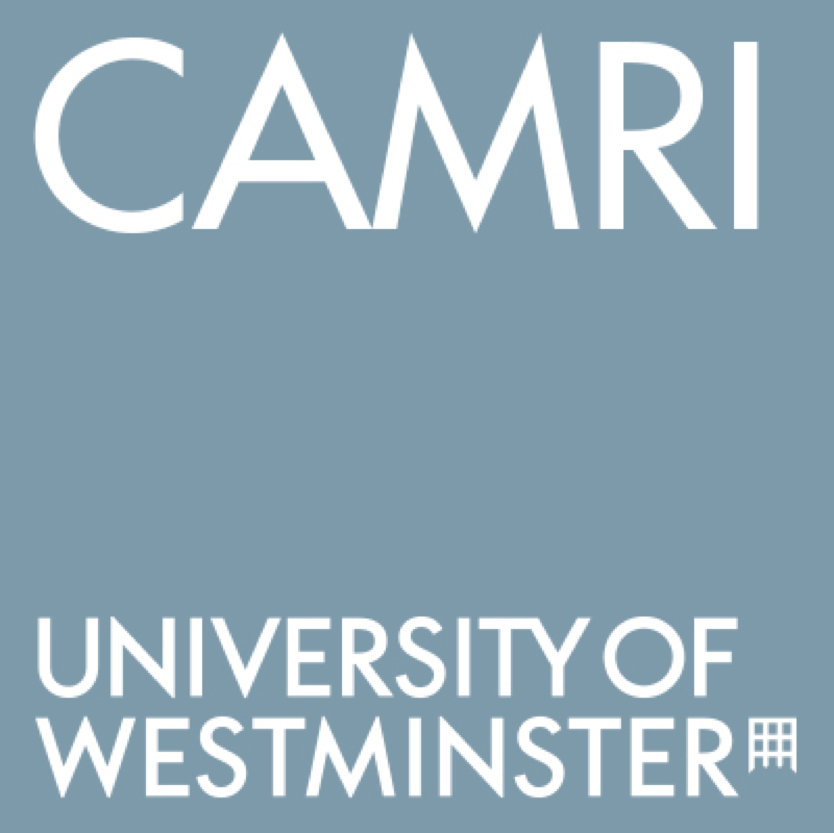On June 28, 1969, the Stonewall Uprising erupted from a routine police raid at the Stonewall Inn in Greenwich Village in New York. A number of incidents continued to plague Sunset Boulevard and the neighboring area for more than a year. Stonewall (actually a series of incidents surrounding it, before and after) has symbolically marked the start of the LGBTQ+ movement in the United States. By 1970, the Gay Liberation Front in London UK organized in part due to change in the national conversation on civil rights pertaining to sexuality. Each nation has had its own breaking point(s), and the authors selected in this symposium provide perspective to the ongoing debate through the world, particularly how it is framed by and within the media. The idea for this symposium sprang from the celebratory preparations in New York City commemorating Stonewall 50 in 2019 with an ear toward radio and audio programming in this instance. While this is the springboard for the LGBTQ+ discussion, it certainly is not the only factor propelling it.
More than 50 years after the Stonewall Uprising, the authors bring to the discussion a multitude of perspectives on the role of “queer” radio and audio in an effort to achieve equity across the airwaves. The acronym in current usage, LGBTTQQIAP, demonstrates the breadth of sexual and gender identities and experiences in the contemporary world, though for reasons of brevity and simplicity, the symposium is using LGBTQ+ as the tile descriptor. LGBTQ+ radio and audio exist across broadcast radio in traditional formats, as well podcast and multi-platform audio. Lesbian, gay, bi, trans, queer, and extensions of those communities have interacted with radio and audio for generations, creating a transformative effect on many lives. Queer voices on air challenge traditional institutions, formats and genres, identities, production methods, and political and social structures, creating counter-cultural communities of listeners and producers. Some, if not all, of these points are articulated in this symposium.
.
Photo by Alexey Ruban on Unsplash












